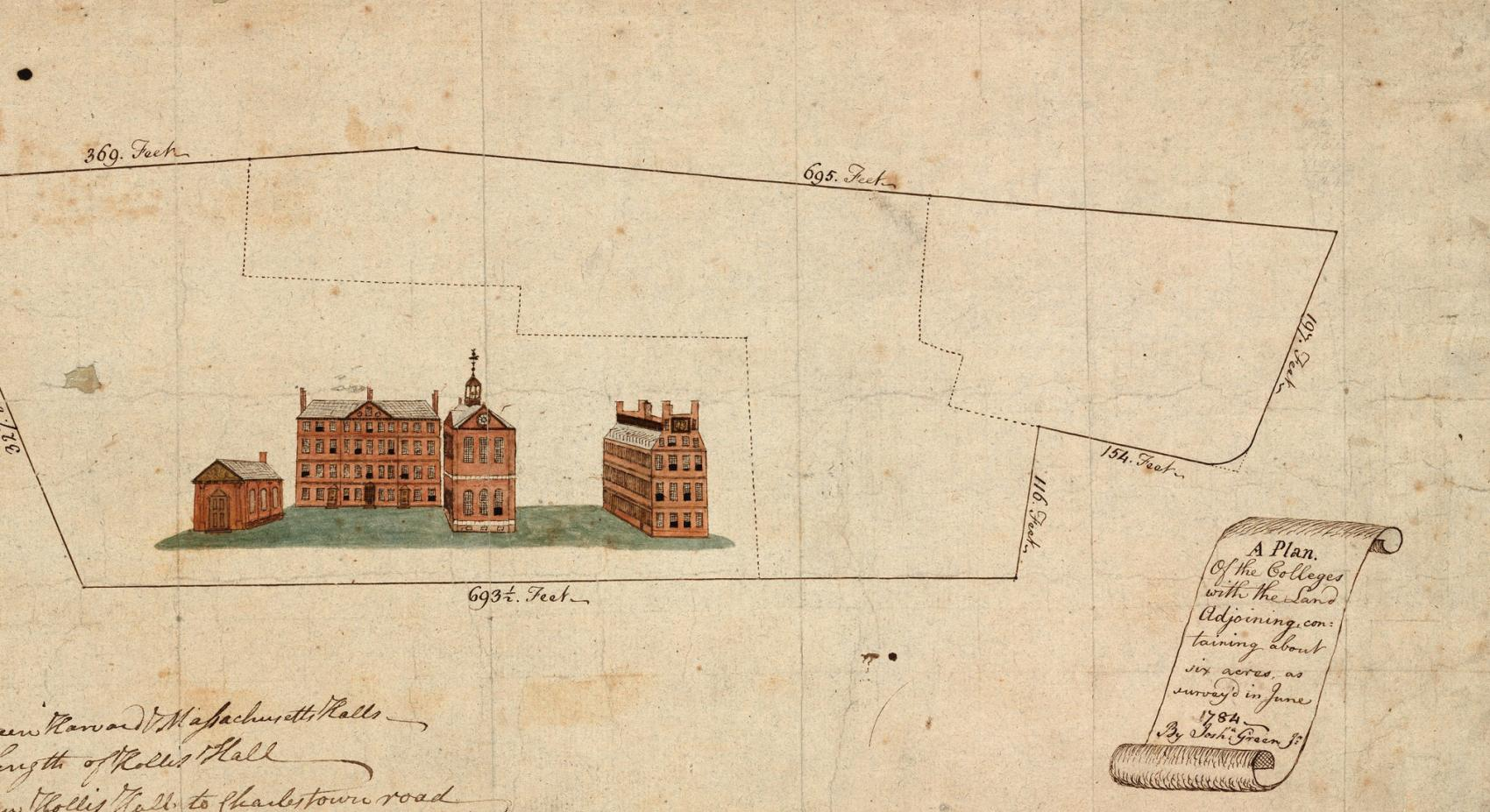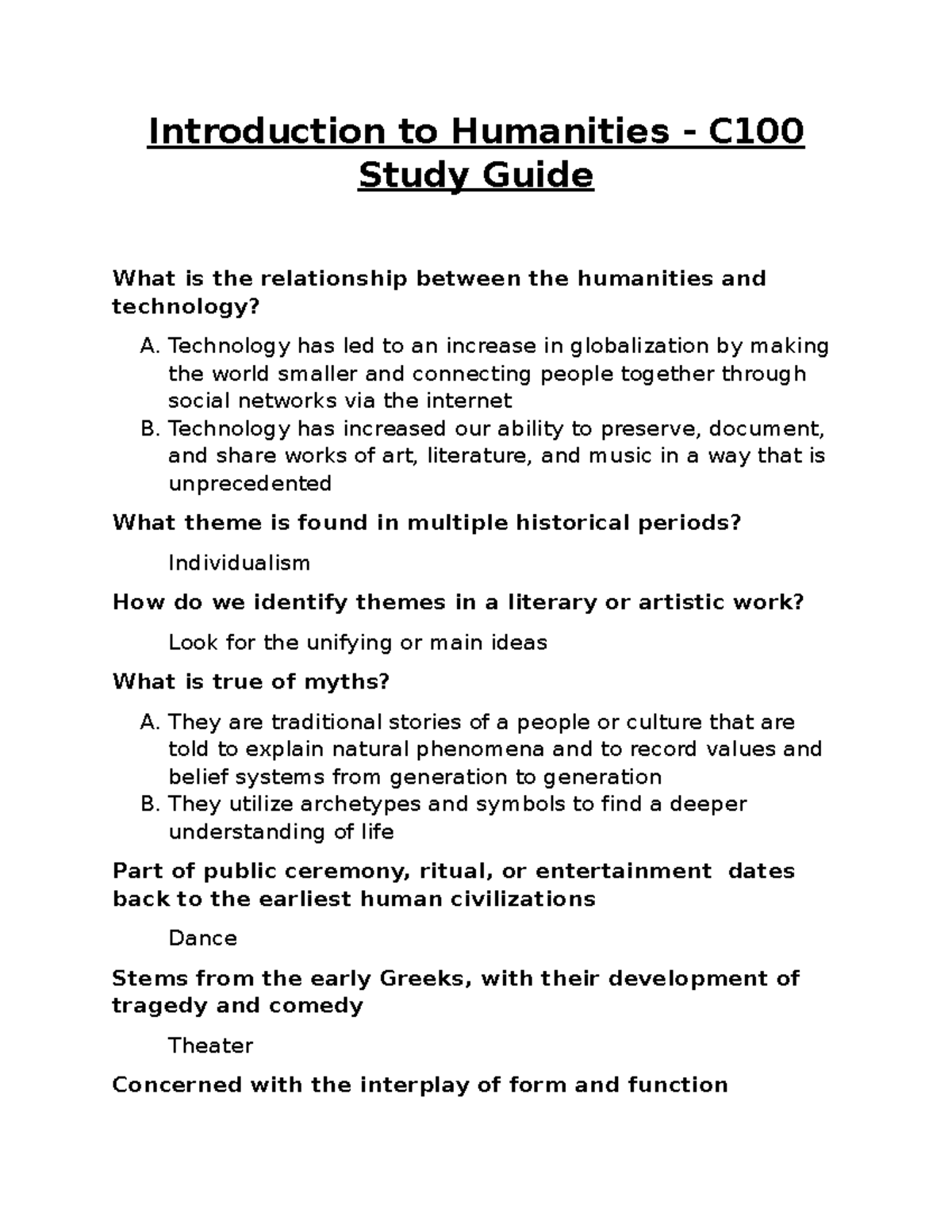Nestled within the scholarly traditions of Harvard University, the Harvard University Archives serves as a rich repository of the institution’s illustrious past and its interplay with American history. As one of the foremost academic archives in the nation, it showcases an array of Harvard archival collections that tell compelling stories through fascinating artifacts and documents. Featured in the recent University Archives exhibit, these treasures include handwritten letters from notable figures like John F. Kennedy and W.E.B. Du Bois, offering insights into pivotal moments in both Harvard history and broader social issues. Through its meticulous curation, the Harvard University Archives not only preserves memorabilia significant to the university but also enhances public understanding of its longstanding legacy. Whether exploring the written word or visual documents, visitors to the archives experience a dynamic glimpse into the fabric of Harvard and its vital role in shaping American education and culture.
The rich heritage of Harvard University is beautifully encapsulated in its archives, a meticulously organized collection that showcases pivotal moments, influential figures, and the university’s longstanding impact on American society. By enabling visitors to interact with historical artifacts and documents, the University Archives exhibit invites exploration across the realms of education, culture, and social change. Engaging displays bring to light the diverse components of Harvard’s archival collections, from personal letters to critical institutional records. Each item tells a unique narrative, reinforcing the essential connection between the university and the broader historical landscape. Explore the stories behind Harvard memorabilia to delve deeper into the fascinating intersection of personal and public history.
Exploring Harvard University’s Archival Collections
Harvard University’s archives are a treasure trove of historical artifacts that narrate the evolution of American culture through a meticulously curated lens. Curators at the Harvard University Archives engage in a systematic collection process, ensuring that valuable pieces of Harvard history are preserved for future generations. Each item, whether it’s a handwritten note from John F. Kennedy or a letter from W.E.B. Du Bois, serves to illustrate the profound impact Harvard has had not only on its students but also on the broader context of American history. These archival collections become vital resources for researchers and history buffs alike, as they delve into the stories behind each artifact.
The diversity of items within these archives ranges from official correspondence to whimsical student publications, each selected for their unique contribution to Harvard’s narrative. The ‘Archives Inside Out’ exhibit unveils these pieces, offering insights into the research process and archival practices. Here, visitors can appreciate the significance of preserving Harvard memorabilia that encapsulates pivotal moments in both the university’s and the nation’s history. By showcasing these collections, Harvard emphasizes its commitment to fostering an understanding of the rich tapestry of American history.
The Significance of the ‘Archives Inside Out’ Exhibit
The ‘Archives Inside Out’ exhibit is a groundbreaking initiative that highlights the objectives of Harvard University Archives in making archival materials more accessible to the public. This exhibit celebrates remarkable finds from the archives, revealing stories that connect individuals to their university’s lineage and, by extension, to significant events in American history. It offers a unique opportunity for visitors to witness firsthand how documents and artifacts are transformed into narratives that resonate with contemporary audiences. Curators encouraged submissions from staff to showcase their personal favorites, fostering a sense of pride and personal connection to the documents.
In embracing the notion of accessibility, the exhibit demystifies the archival process and reveals the meticulous work undertaken by archivists. By sharing their favorite finds, archivists like Virginia Hunt and Sarah Martin engage visitors with narratives that elucidate why these artifacts matter. Such initiatives not only evoke interest in Harvard’s past but also emphasize the relevance of these historical items in understanding current societal issues. Ultimately, the ‘Archives Inside Out’ project exemplifies how historical pieces serve as linkages between past and present, underpinning the importance of safeguarding Harvard’s story for future scholarship.
Uncovering American History Through Harvard Memorabilia
Harvard memorabilia offers a fascinating glimpse into American history, particularly as it documents the experiences, struggles, and triumphs of its diverse student body. The items displayed in the ‘Archives Inside Out’ exhibit range from student publications to personal letters, creating a vivid tableau of life at Harvard across different eras. For instance, a letter from a Harvard student during the Civil Rights Movement reveals not only their personal journey but also highlights the pivotal role of Harvard in fostering dialogue around race and equality. Such memorabilia serves as powerful reminders of how students have shaped social narratives.
Moreover, this focus on memorabilia underscores the interconnectedness of Harvard’s history with the evolution of American society. Items selected for the exhibit reflect not only institutional milestones but also broader cultural movements. By emphasizing the significance of these artifacts in documenting significant historical events, archivists encourage visitors to appreciate the enduring legacy of Harvard. Thus, engaging with Harvard memorabilia within the archives allows individuals to explore how education not only influences personal development but also catalyzes societal change.
Behind the Scenes: The Work of Harvard Archivists
The work of Harvard archivists is an intricate blend of scholarship, curation, and passion for preserving the historical narrative of the institution. Each archivist plays a vital role in evaluating items for inclusion in the archives, ensuring that the stories behind each artifact are recorded and celebrated. This process often involves rigorous research and collaboration, as archivists must consider the cultural and historical significance of the collections. As seen in the ‘Archives Inside Out’ exhibit, the diligent efforts of archivists bring to light remarkable documents that capture pivotal moments in both Harvard’s history and American history.
In addition to curation, archivists are deeply invested in making these collections accessible and engaging for the public. Through educational outreach and exhibitions, they articulate the stories and contexts of each piece, allowing visitors to connect more deeply with the archives. This behind-the-scenes work not only enhances public understanding of Harvard’s legacy but also fosters a greater appreciation of archived materials as dynamic resources for learning. The commitment shown by these archivists is crucial in cultivating an ongoing dialogue about the significance of history, memory, and the importance of preserving diverse narratives.
The Role of Archival Collections in Research and Education
Harvard archival collections serve as invaluable resources for researchers and educators alike. Students and scholars have access to rich historical materials that provide context and depth to their academic pursuits. The digitization of collections means that even more people can engage with these documents, enabling broader accessibility and facilitating research beyond the borders of traditional scholarship. This approach embodies Harvard’s commitment to fostering a comprehensive understanding of its complex history, which is integral to educational excellence.
Moreover, the archival collections are not just repositories of the past; they are also dynamic sources of information that prompt contemporary discussions about society. The narratives captured in these collections encourage critical thinking and exploration of themes such as race, gender, and the evolution of American identity. As researchers sift through firsthand accounts and institutional records, they gain insights that can influence current discourse and inspire future policy-making. Ultimately, the role of Harvard’s archives extends well beyond preservation—they are crucial instruments for both academic inquiry and societal reflection.
Connecting University History with American Culture
The intersection of Harvard University’s historical narrative with American culture is vividly portrayed through its archives. The collections not only reflect the university’s evolution but also showcase the broader American experience throughout significant historical events. For instance, letters and artifacts from alumni who participated in movements for social change speak to the influence of Harvard as a breeding ground for thought leadership within American society. This ability of the archives to weave university history into the fabric of national identity illustrates the importance of such memorabilia for understanding the complexities of American culture.
Moreover, by celebrating curated pieces that highlight this linkage, exhibits like ‘Archives Inside Out’ motivate visitors to delve deeper into their own understanding of history. As individuals encounter various artifacts, such as photographs and correspondence from notable figures, they become more attuned to how educational institutions like Harvard influence and reflect societal shifts. By placing a spotlight on this connection, archivists not only promote discovery and education but also foster a sense of responsibility towards preserving these narratives within the national context of American history.
Highlighting Diversity in Harvard’s Historical Narrative
Harvard’s archival collections serve as windows into the diverse fabric of its community, revealing stories that often go unheard. The careful attention to preserving materials related to underrepresented students and communities illustrates a commitment to inclusivity in the historical narrative. By curating items from various backgrounds, archivists bridge gaps in history and provide a fuller picture of the Harvard experience that transcends mere institutional achievements. This representation is crucial in creating a comprehensive understanding of the dynamics at play within the university and its societal impact.
The exhibit pushes forward the narrative that history is not monolithic; it is rich and varied, reflecting a multitude of voices and experiences. For example, letters that describe the struggles and aspirations of marginalized groups in Harvard’s past not only enrich personal storytelling but also resonate deeply with contemporary audiences. The ‘Archives Inside Out’ exhibit emphasizes this diversity, allowing visitors to engage meaningfully with the stories of individuals who shaped Harvard and the nation, enhancing understanding of American history in an inclusive manner.
The Future of Archiving at Harvard University
As we look to the future of archiving at Harvard University, the focus shifts to the ongoing challenges and opportunities that accompany the evolution of historical preservation. With advancements in technology and digital archiving, historians and archivists are tasked with updating methods for collecting, preserving, and providing access to materials. The exponential growth of digital content necessitates increased efforts to ensure that significant documents and artifacts are not lost to time. The Harvard University Archives is committed to integrating new technologies, making collections available online to a growing global audience.
Furthermore, collaboration with other institutions and public organizations is essential for enriching the archival landscape. Sharing resources and knowledge with other archives can improve preservation standards and broaden the reach of Harvard’s historical collections. As well, engaging with diverse communities emphasizes the importance of maintaining an inclusive narrative within historical scholarship. This commitment to evolving practices ensures that future generations will continue to benefit from the rich history encapsulated within Harvard’s archives and play an active role in historical discourse.
Engaging the Public Through Educational Outreach
Public engagement is a cornerstone of Harvard’s archival mission, aimed at fostering a deeper appreciation for its historical collections. Educational outreach programs, such as guided tours of the archives or interactive workshops, enable individuals to connect with history in meaningful ways. These initiatives not only inform participants about the importance of preserving historical documents but also encourage them to think critically about the implications of these narratives in contemporary society. Through collaborative programming with schools and community organizations, Harvard archivists aim to inspire future generations of historians and scholars.
The ‘Archives Inside Out’ exhibit exemplifies this commitment to public engagement. By inviting visitors to interact with items from the archives in an open and accessible manner, archivists create a dialogue that enriches the understanding of history. Engaged experiences, such as discussions and lectures, encourage participants to explore the significance of the artifacts displayed, prompting them to consider the implications of these materials on their own lives and communities. As a result, educational outreach plays a vital role in shaping how individuals relate to Harvard’s historical narrative and the broader context of American history.
Frequently Asked Questions
What are the Harvard University Archives?
The Harvard University Archives serves as the primary repository for the historical records of Harvard University, including a vast collection of documents, photos, and artifacts that chronicle both Harvard history and American history. This archive preserves valuable Harvard archival collections for research and public enjoyment.
How can I visit the Harvard University Archives exhibit?
The Harvard University Archives exhibit, titled ‘Archives Inside Out,’ is on display at Pusey Library’s Lammot du Pont Copeland Gallery. Check the Harvard Library website for current hours and exhibit details to experience Harvard memorabilia and significant historical items.
What types of materials can I find in the Harvard archival collections?
The Harvard archival collections include a diverse range of materials such as letters, photographs, manuscripts, and rare artifacts. Notable items include correspondence from historical figures, documents reflecting the University’s role in American history, and unique pieces of Harvard memorabilia.
What is the significance of the ‘Archives Inside Out’ exhibit at Harvard?
The ‘Archives Inside Out’ exhibit showcases selected items from the Harvard University Archives that highlight key moments and figures in Harvard history as well as American history. It aims to make archival work more accessible and to celebrate the depth of Harvard’s institutional and community history.
Who curates the exhibits at the Harvard University Archives?
Exhibits at the Harvard University Archives, including ‘Archives Inside Out,’ are curated by a team of archivists who invite contributions from their colleagues. This collaborative effort allows diverse perspectives to surface unique items that reflect Harvard’s rich history.
What can I learn from the items displayed in Harvard University Archives?
The items displayed in the Harvard University Archives offer insights into important historical themes, including race relations through letters from W.E.B. Du Bois, Harvard’s response to modern challenges such as the COVID-19 pandemic, and the everyday lives of Harvard students, showcasing how personal stories intersect with broader American history.
Can anyone access the Harvard University Archives materials?
Yes, the Harvard University Archives materials are available for public access, allowing researchers, students, and visitors to explore extensive archives that highlight both Harvard’s institutional history and its role in American history. Check the Harvard Library’s website for access details.
How does the Harvard University Archives support diversity in historical records?
The Harvard University Archives actively works to reflect the diverse histories and cultures by processing collections related to under-represented communities and making them available online. This commitment ensures a more inclusive representation of Harvard history and American history.
| Item | Description | Archivist |
|---|---|---|
| Letter from John F. Kennedy to Harvard Classes | A warm, drafted letter reflecting JFK’s insider views on a complex figure, found by archivist Pam Hopkins. | Pam Hopkins |
| Photograph of Women Computers at Harvard Observatory | Historic image showing women cataloging stars, highlighting their invisible labor in a male-dominated field. | Alison Macdonald |
| Letter from W.E.B. Du Bois to Albert Bushnell Hart | A letter addressing race relations in America, reflecting interactions with prominent figures. | Erin Clauss |
| Perpetual Calendar from Thomas Hill | An early scientific instrument reflecting Hill’s multifaceted career as Harvard’s president and inventor. | Dominic P. Grandinetti |
| COVID-19 Issue of The Harvard Crimson | A screen capture documenting Harvard’s response to the pandemic, part of the web archiving program. | Sean Crawford |
| Sketches from the Harvard Lampoon | First donation by Alexandra Dunn, showcasing student publications and the history of Harvard’s student life. | Alexandra Dunn |
| Letter from Seamus Heaney to Helen Vendler | Engaging correspondence illustrating Heaney’s humor and personal experiences shared with Vendler. | Heidi Horner |
| Letter from Ragan Henry to Joseph Levow Steinberg | A personal letter reflecting on racial discrimination, capturing the essence of friendships in the 1950s. | Jehan Sinclair |
| Bound Manuscript of Harvard Pacifists during WWII | First-hand accounts from students opposing military service during World War II, preserving historical memory. | Ed Copenhagen |
Summary
The Harvard University Archives preserve a diverse array of historical artifacts that highlight significant moments in both the university’s and America’s history. The recent “Archives Inside Out” exhibit showcases collections such as letters from prominent figures like John F. Kennedy and W.E.B. Du Bois, providing insight into their perspectives and the context of their times. By spotlighting these treasures, the exhibit not only emphasizes the importance of archival work but also makes this history accessible to the public. This innovative approach by archivists fosters greater engagement with the materials that shape our understanding of institutional narratives and cultural heritage.



